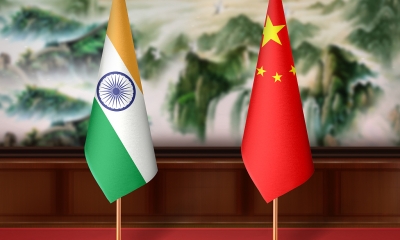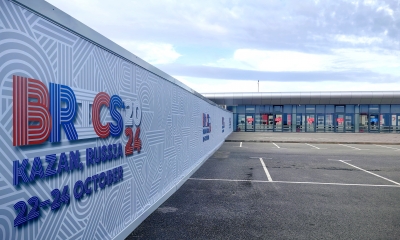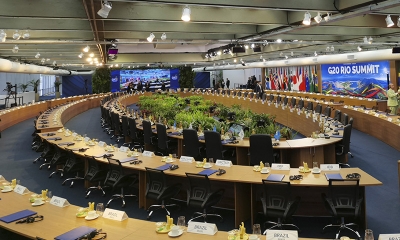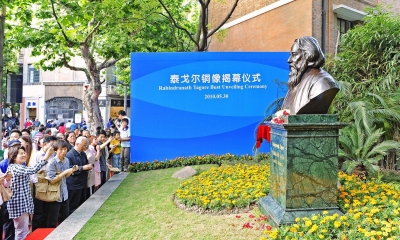The BRI Expands a New Horizon for the Global Community of Shared Future
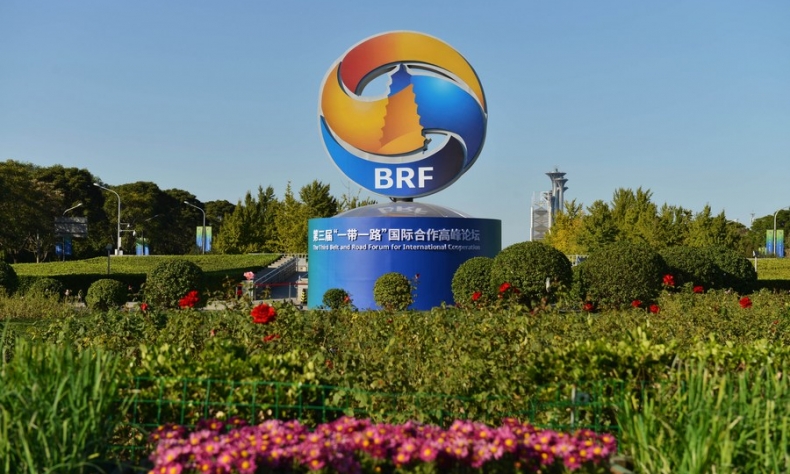
Official data suggest that the BRI has been gaining momentum in countries and regions all over the world through its networks of roads, ports, railways, power plants, and other infrastructure projects.
This year, the Belt and Road Initiative (BRI) proposed by China has reached its 10th anniversary. China hosts the third Belt and Road Forum for International Cooperation (BRF) under the theme “High-quality Belt and Road Cooperation: Together for Common Development and Prosperity” on October 17–18 in Beijing, which is attended by state leaders and delegations from over 140 countries and more than 30 international organizations around the world.
The high-level forum focuses on trade connectivity, people-to-people connectivity, think tank exchanges, clean Silk Road, sub-national cooperation and maritime cooperation.
Like the previous two forums in 2017 and 2019, it is hoped that the third BRF will provide a golden opportunity for all BRI partner countries to brainstorm on how to maximize synergies to advance high-quality Belt and Road cooperation in order to enrich their economies and improve the living standards of their people.
BRI stands for transcontinental cooperation for shared benefits
The Silk Road Economic Belt and the 21st Century Maritime Silk Road, known as the BRI, was first put forward by Chinese President Xi Jinping during his state visit to Kazakhstan and Indonesia in September and October 2013 respectively. He envisioned a trade and infrastructure network connecting Asia with Europe and Africa along and beyond the ancient Silk Road trade routes under the rubric of “a new type of international relations underpinned by win-win cooperation.”
However, since its launch, the initiative has again and again become the hot talking point in Western media by blaming the win-win strategy of BRI as the so-called “debt trap” for some developing countries. Sri Lanka, Pakistan, Bangladesh and some African countries which have struggling economies have been a focus in many fabricating reports by Western media over years, with the aim of tarnishing the benefits of the BRI and China’s cooperation with developing countries.
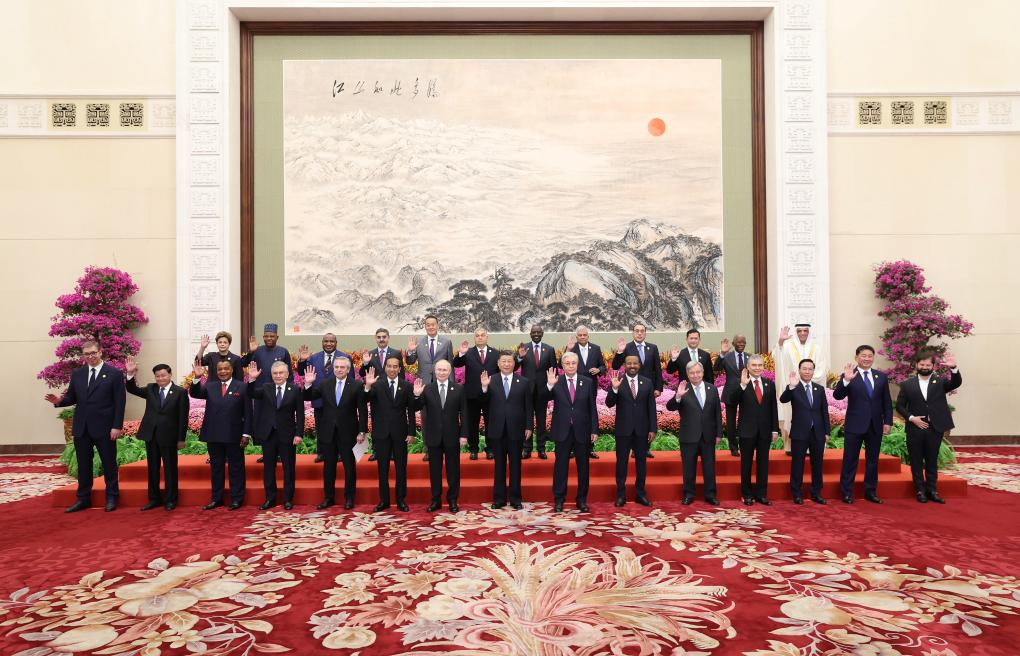
Regarding developing countries’ debt to China under the framework of the BRI, reality is truth and justice is more important in people’s minds than arguments. Facts have repeatedly proven that the alleged “debt trap” is nothing but a “narrative trap” that is trumpeted from time to time by the U.S. and its Western allies aiming to make China’s image negative on the world stage.
However, despite some acerbic criticism, the BRI has garnered widespread support from developing countries for its spirit of openness, inclusiveness and transparency. Today BRI is a vivid example of building a global community of shared future, and a global public good and cooperation platform.
The Belt and Road benefits the world
Since its inception 10 years ago, the win-win outcome of the BRI has highlighted its capacity to become the world’s largest international cooperation project for China and other participating countries, particularly at a time when securing funds for infrastructure projects has proven difficult from Western-dominated organizations. The past ten years have seen the concept of the gargantuan program being turned into concrete actions and results.
Official data suggest that the BRI has been gaining momentum in countries and regions all over the world through its networks of roads, ports, railways, power plants, and other infrastructure projects.
By June 2023, China has signed more than 200 BRI cooperation agreements with more than 150 countries and 30 international organizations. According to several media reports, China has adopted more than 3,000 cooperation projects with total value over $1 trillion. So far, these BRI cooperation projects created around 421,000 jobs, lifting nearly 40 million people out of poverty. It is worth noting that 52 African countries plus the African Union Commission have signed BRI cooperation documents with China and over two dozen economic and trade cooperation zones have been established in 16 African nations under the framework of the BRI.
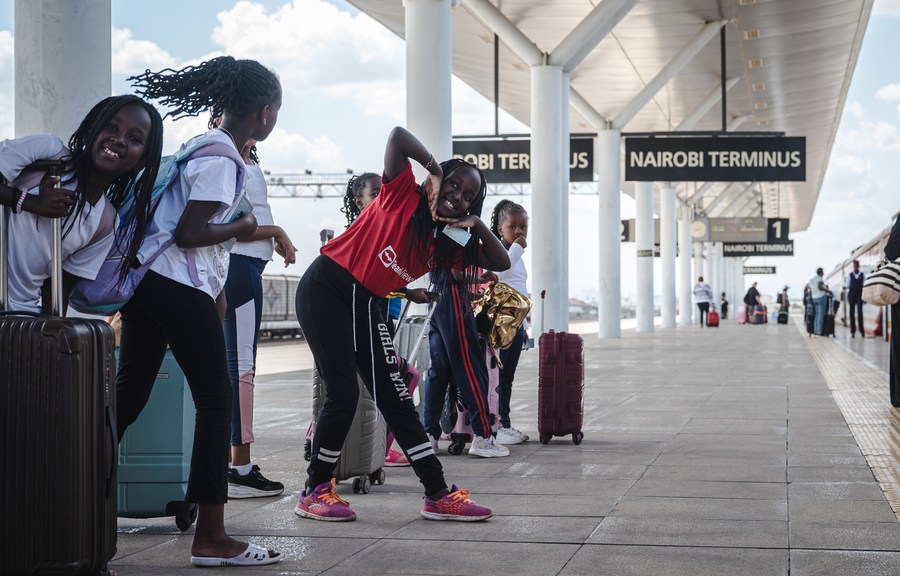
China-financed infrastructure projects have led the people of BRI countries to the road to happiness and development. The Gwadar port, the Sahiwal coal-fired power plant, the Karot hydropower project under the China-Pakistan Economic Corridor in Pakistan have become Good Samaritan projects benefiting local Pakistani people.
The Jakarta-Bandung High-Speed Railway (HSR) in Indonesia, the China-Laos Railway, the Budapest-Belgrade Railway, the Peljesac Bridge in Croatia, the Addis Ababa-Djibouti Railway, the Mombasa-Nairobi railway in Kenya, the Hambantota International Port and the Colombo Port City project in Sri Lanka, the Padma Bridge in Bangladesh, China-Maldives Friendship Bridge, the 20,000-seat wrestling stadium in Dakar, Senegal…to list a few, have demonstrated China’s commitment to sharing its development opportunities with more countries in the world, as well as the country’s long-term goal of creating a global society that works together.
It is hoped that the western countries will not hide all these “Made in China” constructions that are benefiting the local economy and people’s livelihoods.
Lies about BRI by the Western media will not succeed
The U.S. and its Western allies including Japan and India who accuse China of the “debt trap diplomacy” cleverly avoid a key point: the size and share of China’s credit under the BRI framework in African countries, Pakistan and Sri Lanka is small as compared with the Western creditors and other international financial institutions including the World Bank and the IMF. According to data from the Belt and Road Institute in Sweden, in 2022, Western private and public institutions owned 80 percent of Sri Lanka’s external debt, 70 percent of Pakistan’s, and 77 percent of Zambia’s, whereas China’s share was only 10 percent, 15 percent, and 17 percent, respectively, for these three countries.
Contrary to Western propaganda, no country has fallen into a debt crisis as a result of its participation in the BRI. More importantly, even being a developing country itself, China foreclosed or rescheduled loans to developing countries during the COVID-19 pandemic period. Such a humanitarian initiative is not enough to prove China’s goodwill?
Western countries criticizing the BRI must remember that over 70 percent of the world’s sovereign states have signed the Belt and Road Cooperation agreements with China, which shows that the initiative has received widespread support from the international community.
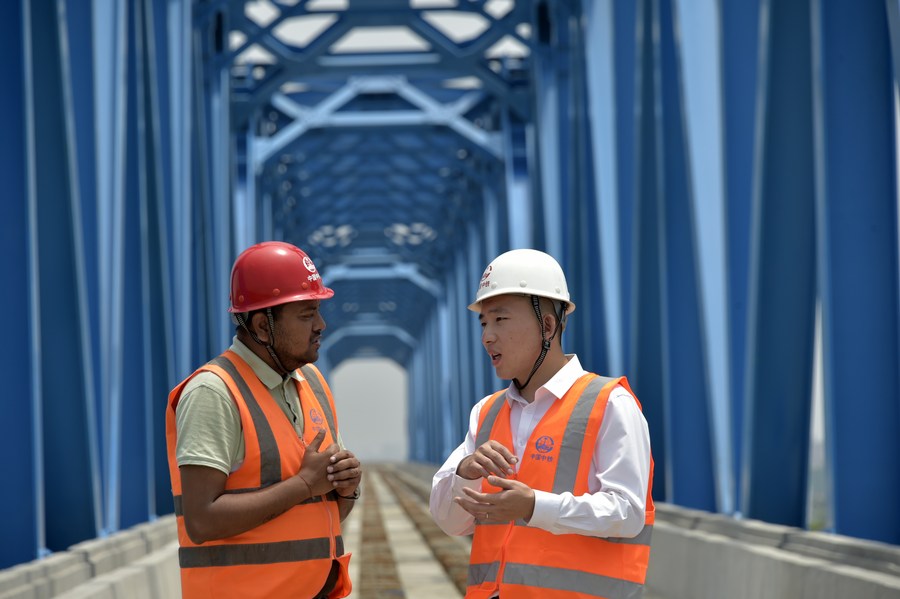
India-Middle East-Europe Economic Corridor: Is BRI in sight?
It should be mentioned that in June 2021, U.S. President Biden and other G7 leaders launched a new global infrastructure initiative, “Build Back Better World (B3W) Partnership” to counter the BRI in the Indo-Pacific region.
What’s more, at the G20 Summit in New Delhi on September 9, 2023, Indian Prime Minister Narendra Modi and U.S President Joe Biden, along with leaders of the European Union, Saudi Arabia and United Arab Emirates (UAE) announced the India-Middle East-Europe Economic Corridor. Many believe that this mega economic corridor has been launched to rival the 10-year-old BRI as “geopolitical competition”. But there are doubts whether the U.S., India and EU leaders can work together for long. None of the leaders of these G20 countries have clarified how the massive project will be financed. More importantly, the deadline for the completion of the project has not been fixed.
Only time will tell if their “journey to shared aspirations and dreams” will turn into reality or remain a fairy tale.
BRI – A boon for the world
It can be said with certainty that the BRI is not a “debt trap” at all, but a new horizon of mutual cooperation on a win-win basis for the whole world.
The BRI, hailed by President Xi as “the project of the century”, is dedicated to the development of all countries across the world. It is not “China’s solo” in the words of China’s Foreign Minister Wang Yi, this initiative is a “symphony of all relevant parties”. It is hoped that the U.S. and its allies as well as Western media outlets will look at the China-led BRI in a fair and objective approach, putting aside their geopolitical wrangling over this progressive initiative.
The article reflects the author’s opinions, and not necessarily the views of China Focus.
 Facebook
Facebook
 Twitter
Twitter
 Linkedin
Linkedin
 Google +
Google +




